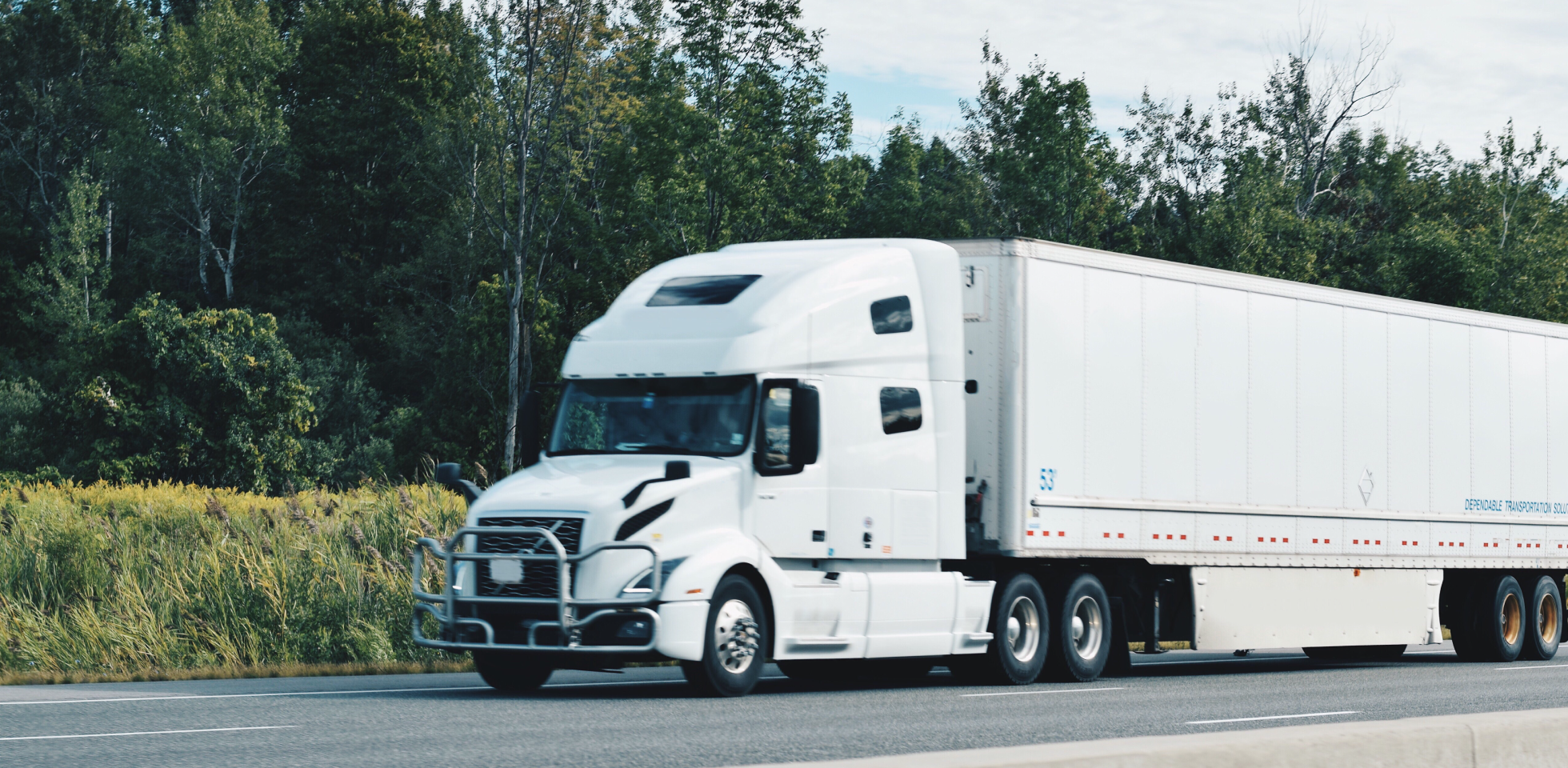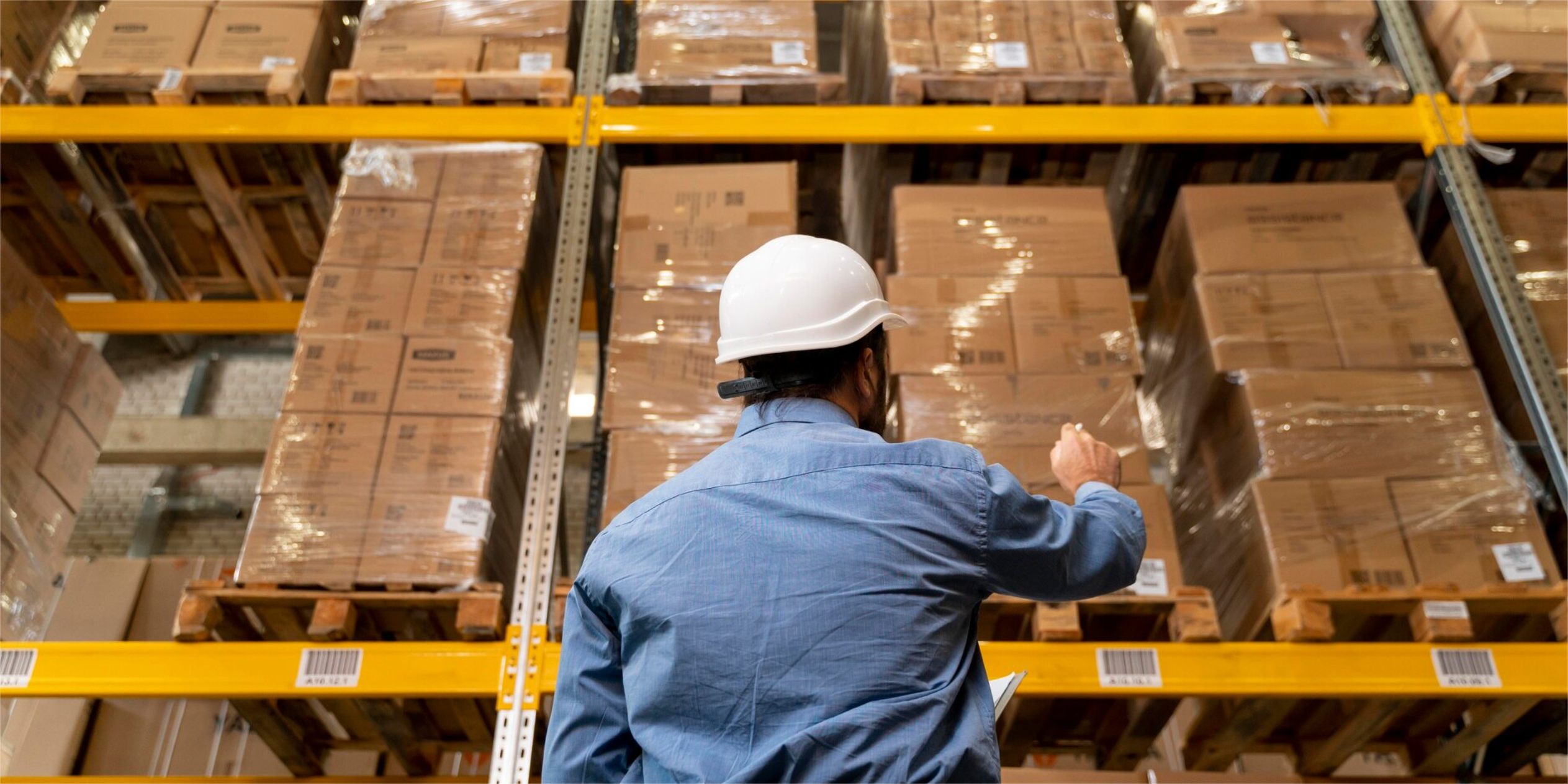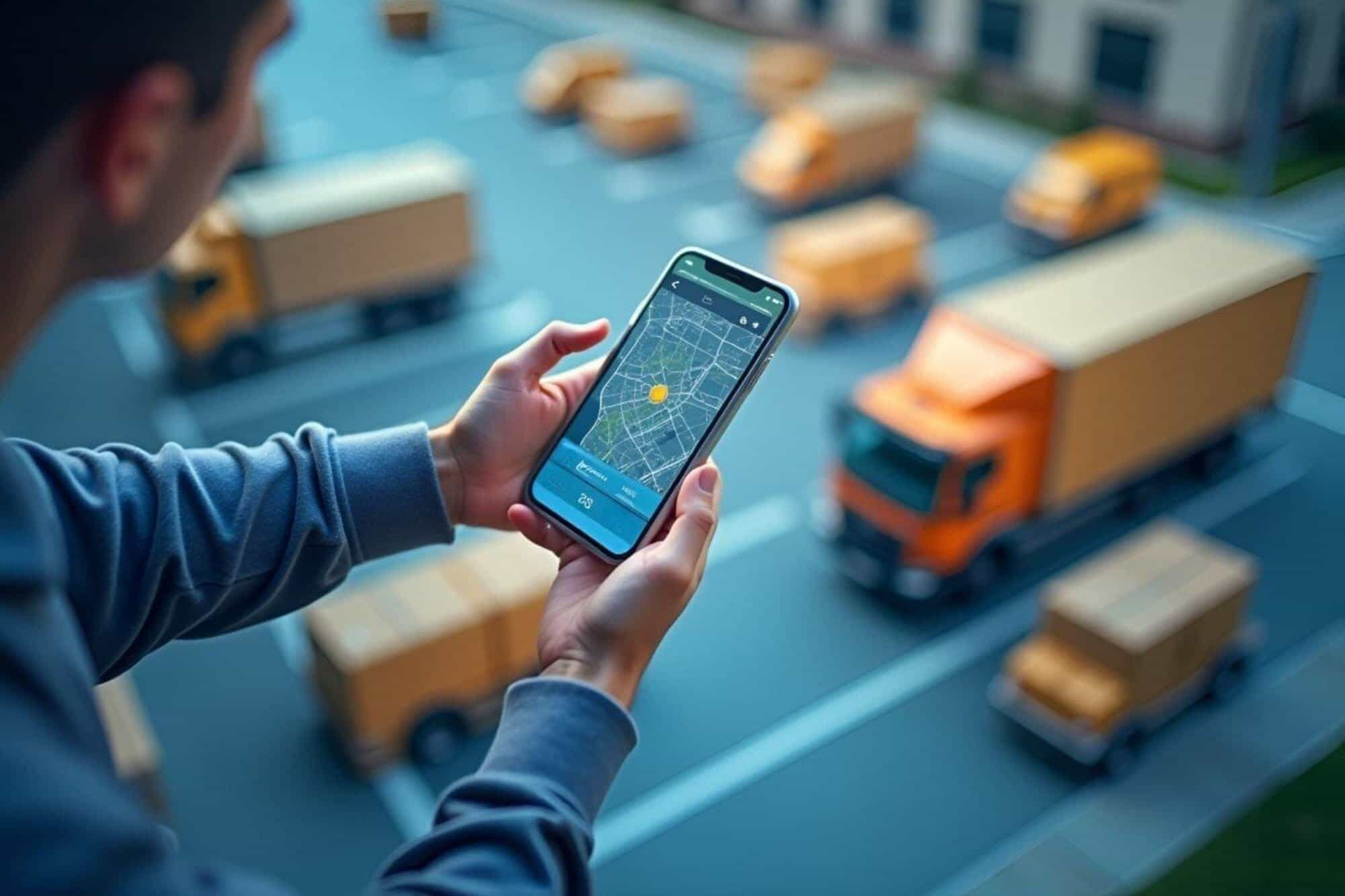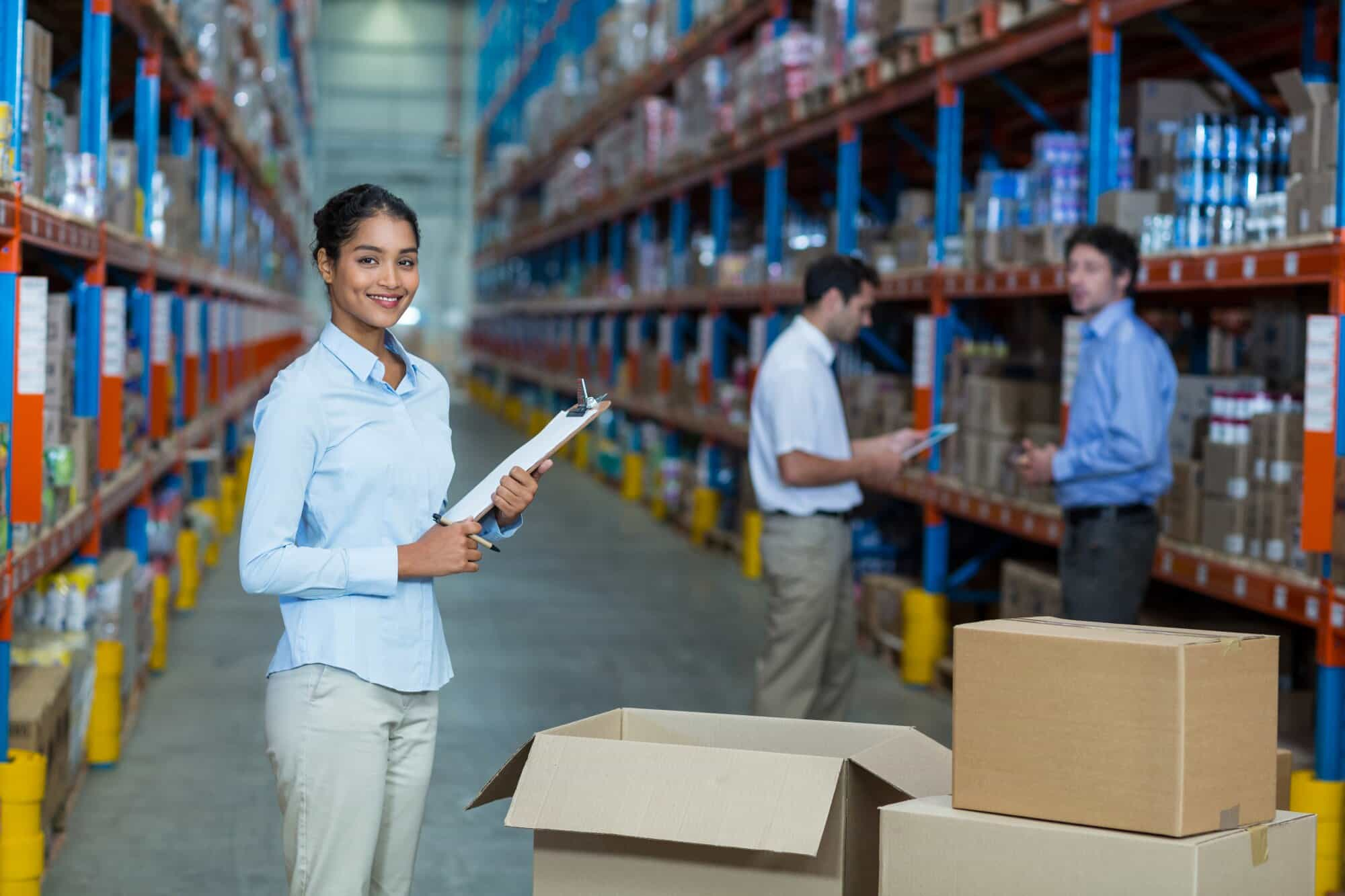Latin America faces a greater challenge than just following the global technology trends, and that is achieving a digital transformation that integrates technology, processes, and people while meeting the pressing needs of the region.
Companies from all sectors around the world are buying technologies such as Big Data, Cloud Services, Artificial Intelligence (IA), the Internet of Things (IoT), and Machine Learning (ML) so they can automate processes, increase income, and improve the experience they offer clients, and logistics is no exception.
Disruptive technologies used by 3PL companies around the world
The global logistics sector is constantly pressed by the continuous changes in the behavior of clients who seek 24/7 premium services; accurate, fast, and hassle-free deliveries; and the ability to choose channels. This has forced companies to benefit from the competitive advantages offered by technology to expedite processes, give visibility to orders, create perfect orders, and provide impeccable services.
Thanks to the connectivity that commands the 4.0 revolution, the logistics sector has implemented some technological tools that may relate to each other, or even derived from each other, looking to unify processes and make the best use of data sources. This digital ecosystem, generally shared by employees, partners, and suppliers in real time, allow everyone to access the same information, avoid interruptions, increase efficiency, and make better decisions.
Big data, cloud services, artificial intelligence (AI), the internet of things (IoT), machine learning (ML), deep learning, blockchain technologies, 3d scanners, virtual reality, smart sensors, radiofrequency identification (RFID), telemetry over GPS (chipping), robots, cargo drones, autonomous cars, trucks, and ships; maglev trains, hyperloop systems, elevated buses, and smart roads are some of the tools used by logistics companies in the United States, Germany, China, Japan, South Korea, Sweden, and the United Kingdom.
If you want to learn more about these tools, you may want to check these entries:
https://blog.solistica.com/en/innovation-applied-to-the-supply-chain
https://blog.solistica.com/en/the-future-of-transport-new-technologies-and-strategies
Next Gen Supply Chain Model
The disruption introduced by the 4.0 industry forces manufacturers and logistics companies to consider a special platform for the supply chain called Technological Platform for Logistics (III TPL) that includes end-to-end integration, operational intelligence, and digital innovation.
This III TPL model helps rethink future supply chains centered on clients, supply chains that meet their needs, become efficient, and consider these issues:
%20Disrupci+%C2%A6n%20tecnol+%C2%A6gica%20en%20el%20modelo%203PL%20para%20Latinoam+%C2%ACrica%20VF%20trad%20rev%20final%201822%20palabras.jpg?width=2084&name=Nuevo%20no.%208%20FEB%20(LS%26E)%20Disrupci+%C2%A6n%20tecnol+%C2%A6gica%20en%20el%20modelo%203PL%20para%20Latinoam+%C2%ACrica%20VF%20trad%20rev%20final%201822%20palabras.jpg)
Latin America’s logistics landscape
Even though the trend for the future is the implementation of the technologies mentioned above, in reality, there are certain risks in Latin America related to the flexibility of the supply chain that keep the region lagging and imply lower operational profitability for manufacturers and distributors:
- A lack of quality logistics services that can efficiently create and serve an interregional supply chain.
- High crime rates that force companies to incur in additional expenses to guarantee the protection and integrity of the cargoes.
- Deficient, and even inexistent, infrastructure in seaports, airports, roads, and railroads.
- Customs hindered by complex bureaucratic procedures, slowing down the flow of merchandise.
- A lack of implementation of new information and communication technologies.
- Resistance to change.
Because of these inefficiencies, safety and control of inventories are seen as priority challenges for logistics in Latin America. Technologies like big data, the internet of things (IoT). Telemetry over GPS, automation, and connectivity of warehouse, personnel, and transportation management systems have begun to solve these issues.
Implementing flexible solutions befitting Latin America’s reality
Some logistics companies in Latin America already have platforms that help them face the challenges mentioned above. For example, Solistica – a strategic business unit of FEMSA – is becoming the leading 3PL company by combining the knowledge of leading regional companies and by offering multinational support.
Thanks to this successful formula, it has over 4,000 clients, 21,000 employees, and close to 500,000 square meters of storage space, carry out more than 1’900,000 trips per year, and deliver at over 160,000 locations every week with a fleet of over 6,000 vehicles.
As pioneers of 3PL innovation in Latin America, Solistica uses technologies like big data to strengthen its commercial capacities and machine learning (algorithms that identify patterns in millions of data to predict future behavior) to strengthen its revenue management, in three stages:
- Crawl: the goal is to mitigate demand spikes for certain clients and give them preferential fees in a win-win model.
- Walk: the goal is to create promotions for services that generate a marginal cost, like in shopping malls.
- Run: the goal is to implement a dynamic pricing system according to the available capacity and the demand of clients.
Solistica is building its platform parallel to the challenges presented by Latin America, which we covered before.
Challenge: a lack of quality logistics services | Developing a tool to automate manufacturing processes (Data Pack VAS)
There are a few specialized suppliers of manufacturing services at Solistica’s level, which operations in Colombia are known for their maturity having 550 employees serving over 60 clients in different sectors and manufacturing more than 120 million units per year in its 92 production lines.
Solistica obtained these results by implementing Data Pack, a software developed in house according to best practices and procedures of manufacturing, which lets it have a flexible systematization of its complete manufacturing process: labelling, kitting, makeovers, coding, heat sealing, heat shrink wrapping, repackaging, and revisions, among others.
This platform, which has two Business Process Management (BPM) validations and two certifications from Mexico’s Food and Drugs Oversight Institute (Invimia, for its acronym in Spanish), offers functionalities that adapt to the needs of clients such as semi-automated manufacturing, order tracking, increased productivity, control of inventories, indicators and statistics, estimates and invoicing, and quality management, through which clients have gained great benefits that translate into a better level of service and a better option in terms of cost-benefit:
- Lowering overtime by 20% as a result of an increase in the process’ productivity
- Lowering down-time due to shift changing, processes switching, availability of materials, and availability of products
- Improving the service level as a result of planning the manufacturing process (to 95%, at the least)
- Automating the creation of management reports
- Automating the creation of indicators
- Improving the accuracy of invoicing
- Controlling productivity and fees per product
- Enabling a graphic visualization of the process with control over productivity, costs, and revenue per day
- Standardizing the manufacturing process method
- Lowering the number of mistakes in the processing of technical documentation
- Lowering paperwork costs by 90%
- Enabling tracking for order lines for employees and clients
Solistica is currently working to achieve that maturity in all its manufacturing operations using technologies like Data Pack and is already transferring those capacities to Mexico.
Challenge: high crime rates | Example of an implementation of risk management processes (GRIS) in Brazil and Mexico
Solistica Brazil is at the vanguard in safety operations because they were forced, by the great number of thefts in that country, to develop a comprehensive risk management system (GRIS, for its acronym in Spanish), which consists of three fronts:
- Risk management processes: regulations of the country’s Attorney General Office (PGR, for its acronym in Spanish), itinerary, risk zones, circulation hours, monitoring, and others.
- Drivers’ profiles and training: background checks, sorting by profile, and training for employees.
- Technology: trackers, triggers, software, hybrid communication (satellite, cell), jammer detection, panic button, automatic engine stall, automatic accelerator lock, trailer uncoupling blocking, trailer door plate, sensors in cabin doors (with automatic engine pairing), automatic engine stall for deviations in routes, and RF box.
This management system provides benefits such as automated self-protection against all violations to protocol, elimination of human errors, real-time knowledge of any theft attempts and frustration of robbery incidents, in addition to controlling work days, productivity analysis, vehicle preservation, and log center.
As Brazil, Mexico is one of the countries with the highest crime rates and cargo theft, primarily in the central and western regions. Most of these crimes are violent and occur while in transit, making it impossible to generate a report immediately as most of the times the driver is taken hostage during the event.
Considered as the modus operandi of criminals in Mexico, there are few suppliers with the technological capacities for risk management. Most have systems focusing on productivity instead of on safety.
When faced with this reality, Solistica carried out a pilot test in 2018 in Mexico to implement this Brazilian risk management technology (GRIS).
The tests were successful; no unit suffered theft or robbery attempts and we obtained favorable results for different parameters.
Revolutionizing logistics in Latin America
For Latin American 3PL providers to take advantage of the flexibility offered by disruptive technologies, they need to develop a formal and realistic innovation strategy according to their regions; segment clients according to the needs of their businesses; improve the strategic alignment with their clients, employees, partners, and suppliers; implement a robust innovation platform to deploy technological solutions; train their personnel and foster a culture that embraces innovation; set metrics to assess results and design a continuous improvement plan; and keep updated in new technologies.
You can find some strategies 3PL suppliers must follow to face the challenges of the region in the article called “The future of transportation: new technologies and strategies to satisfy end clients.”
The new demands of clients are forcing supply chains to be more efficient; therefore, we need end-to-end integration, operational intelligence, and digital innovation.
Latin America definitively presents structural challenges that we need to address. Specialized logistics companies such as Solistica are working to build a state-of-the-art technological infrastructure that provides a superior level of service; however, they are currently focusing on developing technological initiatives to solve the region’s challenges, safety and control of inventories, mainly.
Solistica’s platform provides unique advantages, such as operating with flexibility in the largest economies in Latin America, combining local knowledge with a consistent service throughout the region, and having FEMSA’s backing to support the growth of its clients.






